Time and chance happen to all, it seems – even to Lotus.
Consider the fact that the Norfolk firm’s all-new, all-electric SUV will weigh upwards of 2.2 tonnes, or three times the weight of the original Lotus Elise, and you may begin to wonder what happened to the marque’s ‘simplify, then add lightness’ philosophy.
In fairness, batteries weigh heavy, as do SUVs generally, and a firm has to do what a firm has to do, but it does throw into sharp focus just how marvellously lithe that dainty little Lotus Elise was when it first hit the streets. The world was charmed by it, and no wonder: it was a lovely, lightweight, mid-engined roadster that offered immeasurable driving pleasure and fun by the bucketload. It also cost, in 1996, a measly £18,950 new, which made it the most affordable Lotus since the Seven.
Stripped of luxuries, it weighed just 723kg. It sat on a clever extruded and bonded aluminium chassis, which was both rigid and light, and it was cloaked in a glassfibre bodyshell shaped by Julian Thomson, then head of design at Lotus. If the Elise wasn’t exactly pretty, its stance was at least purposeful and its weeny dimensions a-hollerin’ delight. It was small enough to park in the cracks between the pavements or pick up and carry around with you.
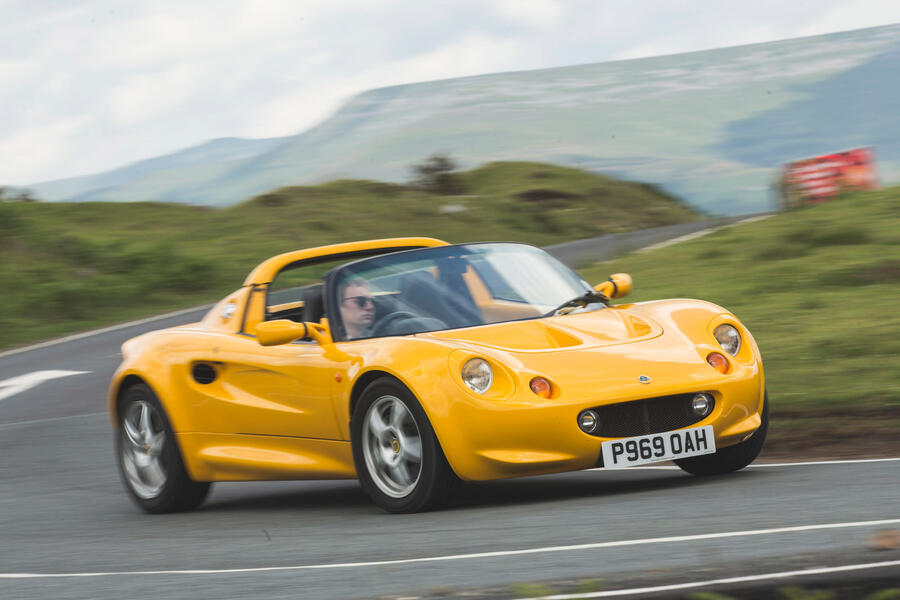
Because of that modest weight, its 118bhp 1.8-litre 16-valve Rover K-series engine was more than punchy enough, and the Elise could sprint from rest to 60mph in a highly respectable 5.5sec. More powerful versions weren’t long in coming, either: the 143bhp 111 S appeared in 1999, followed closely by a rash of limited-edition models, the Sport 135, the Sport 160 and the Sport 190.
Whichever version you chose, though, the hardcore Elise was a hoot. The interior was simplistic, the driving position spot on, the pedals and instruments simple and functional and the whole distinctly and deliberately lacking in creature comforts. It was terrific to drive: communicative, grippy and well balanced. Few cars were as agile in the corners, and it was all so much fun and so responsive that some even looked askance at the S2 version that replaced it in 2001. This later car had a range of more powerful engines and was faster and safer, but it was also heavier, and some thought a little of the original magic had been lost.

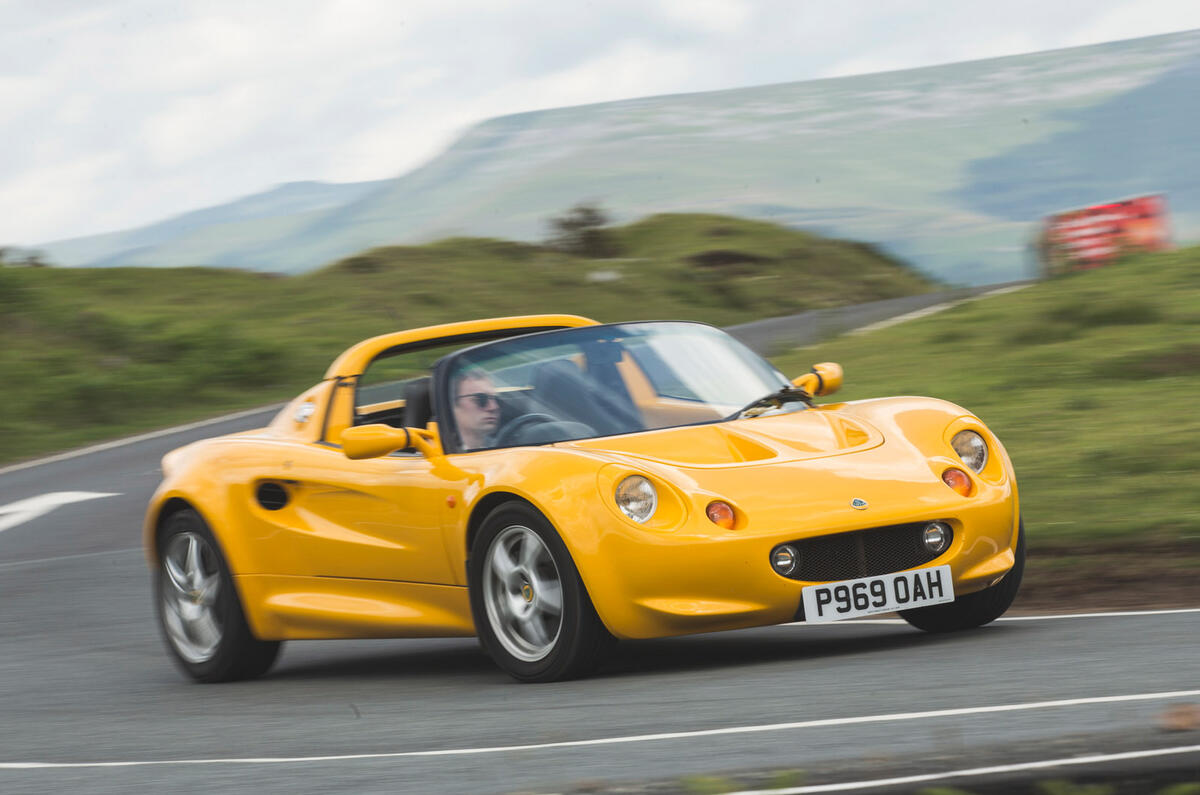
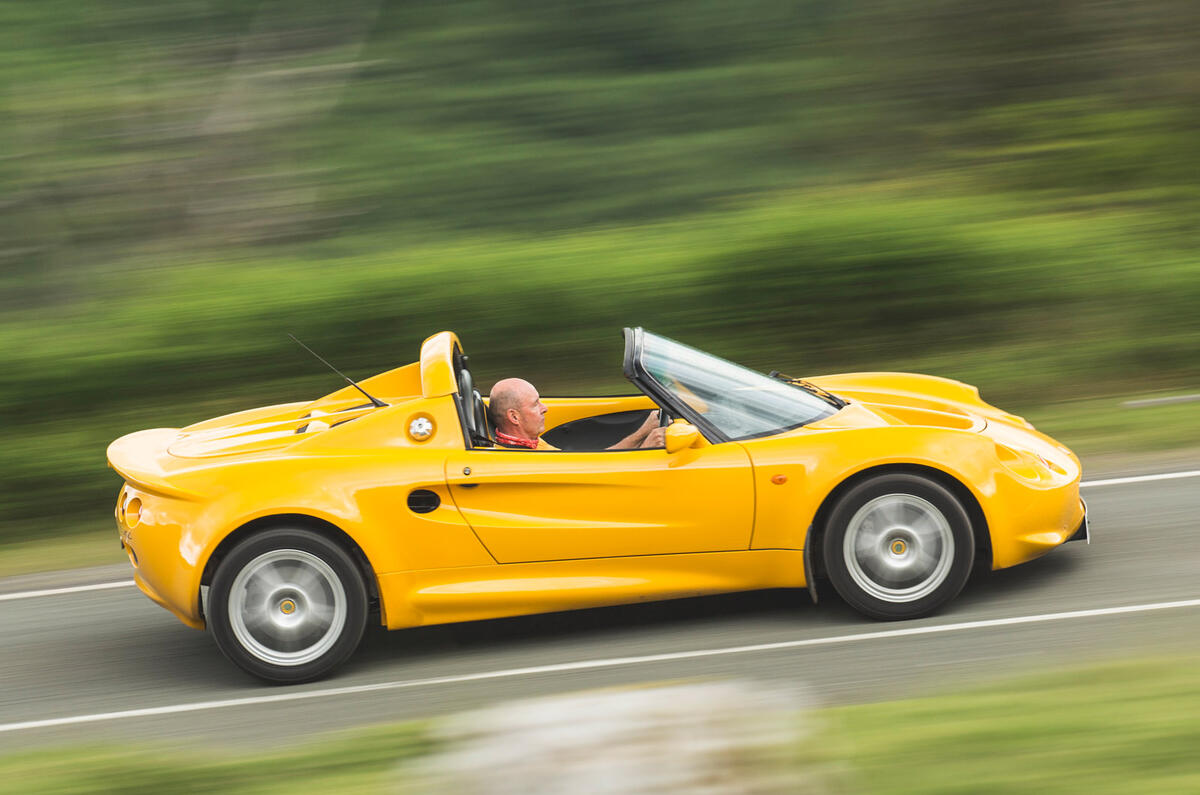
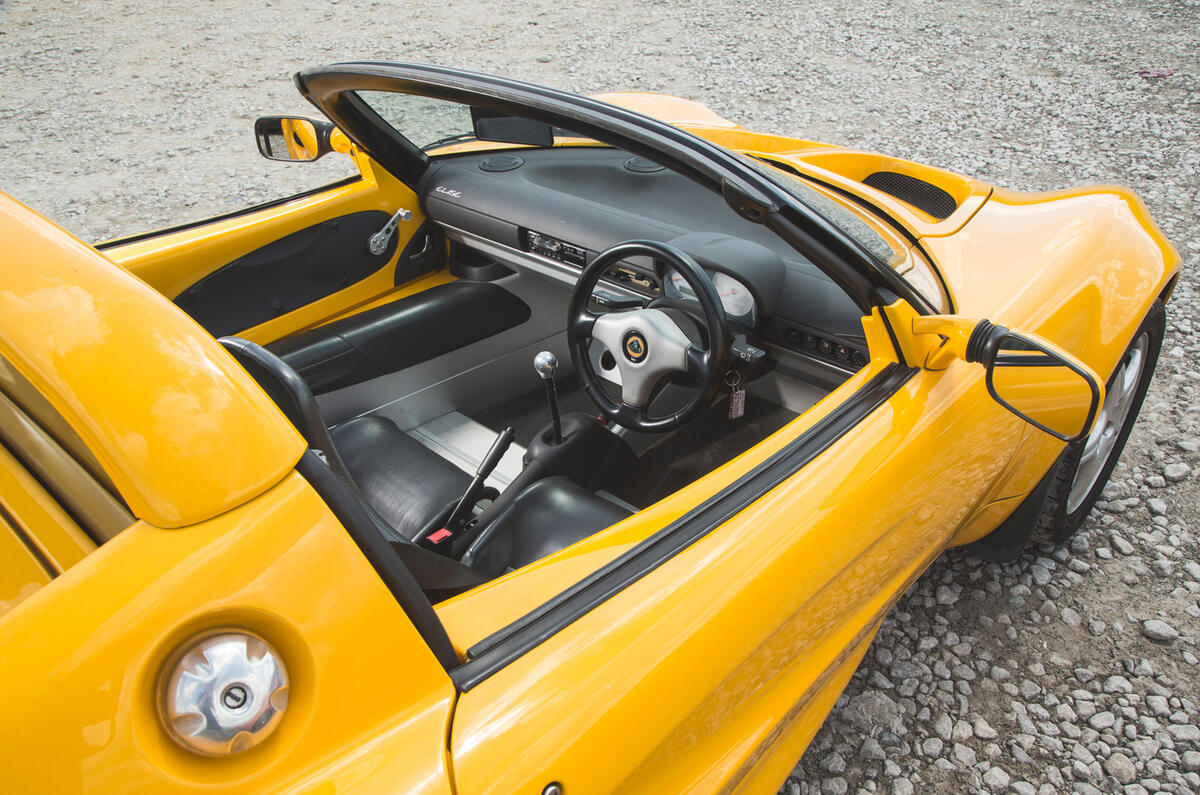
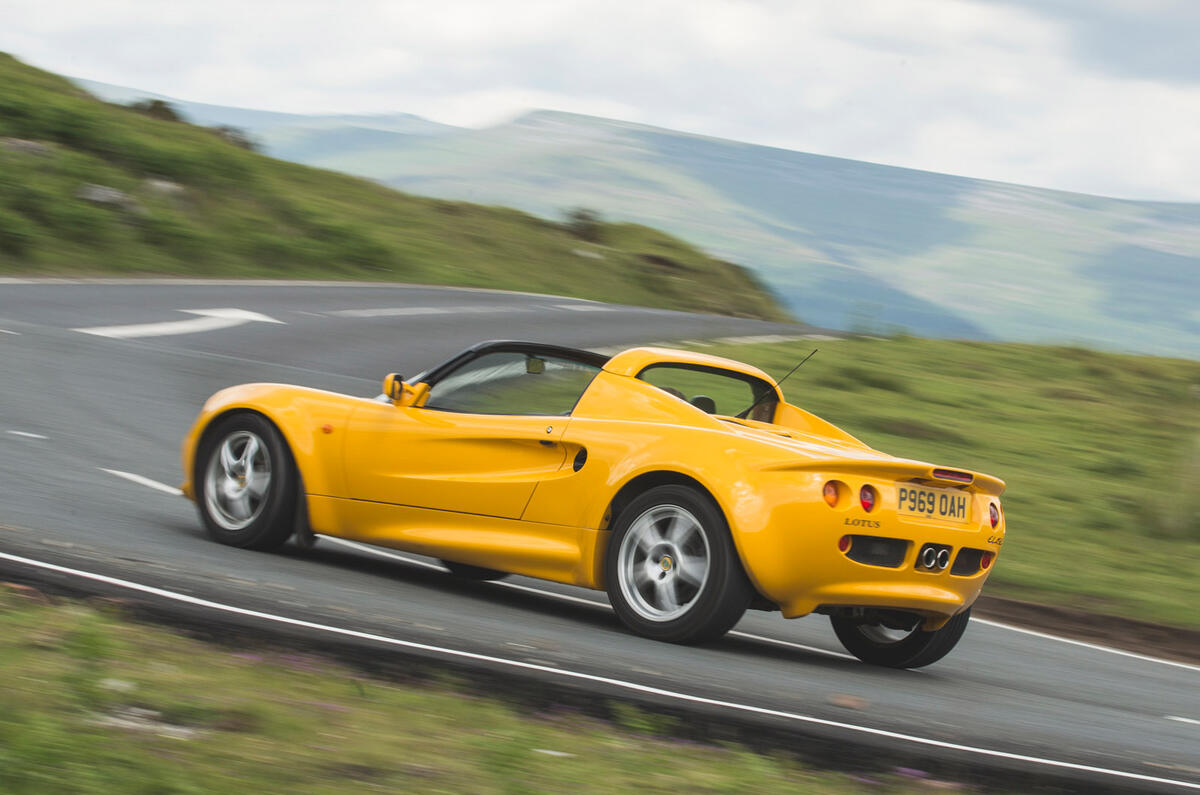
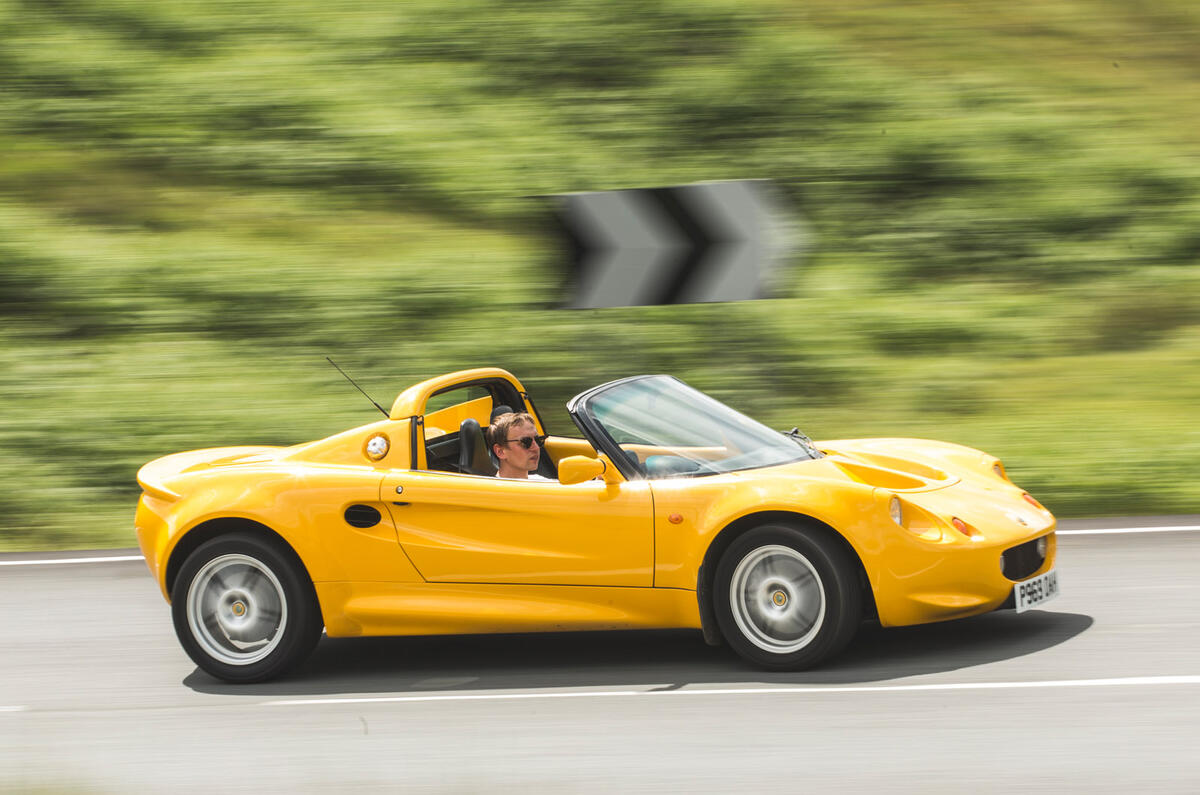
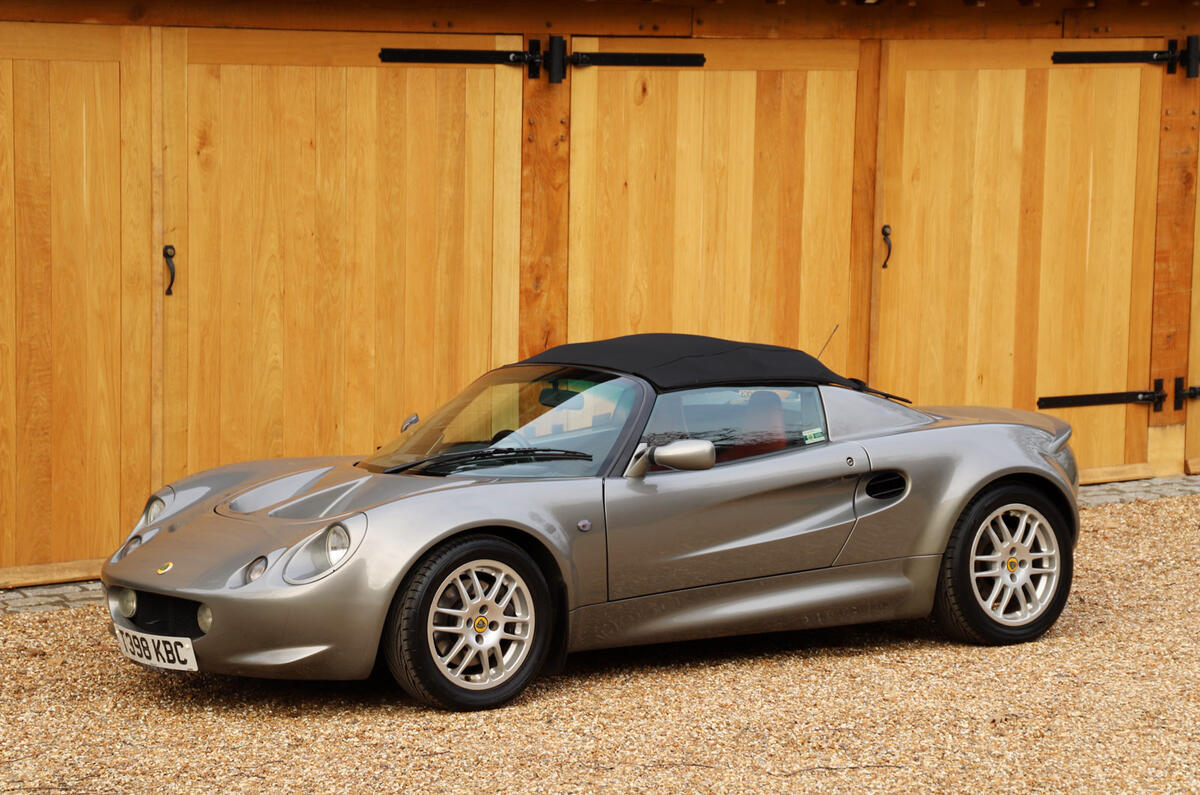
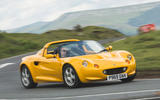
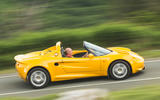
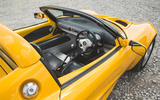
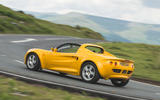
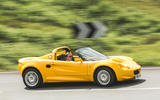


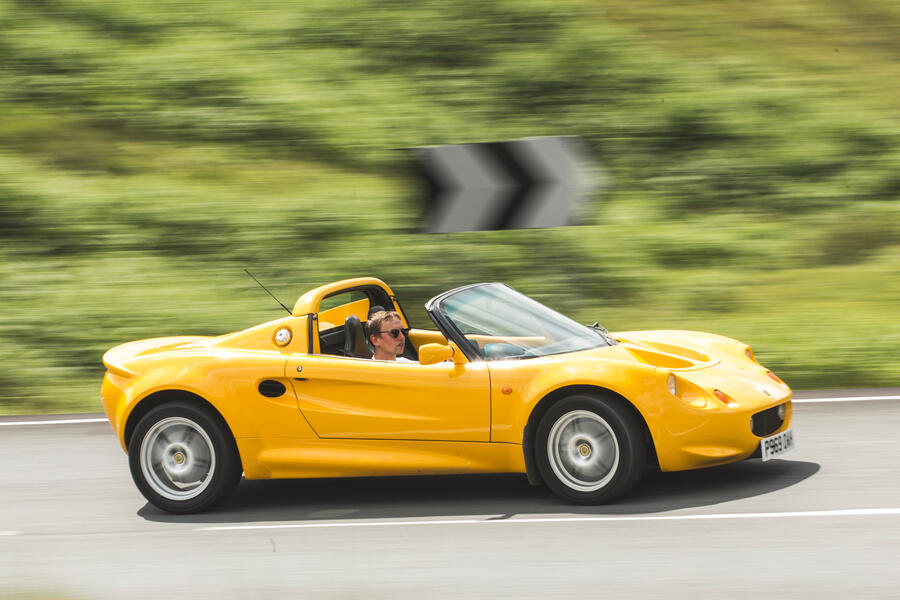
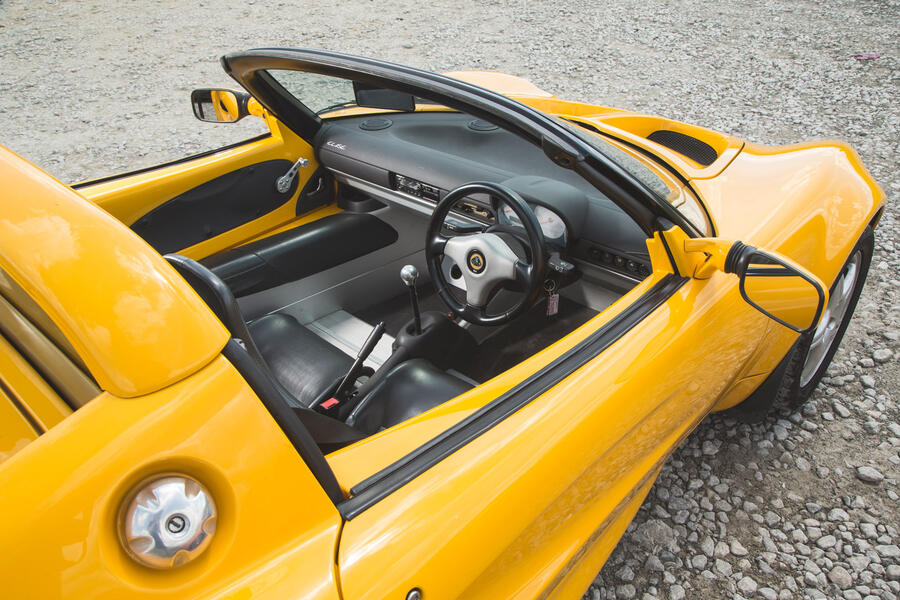
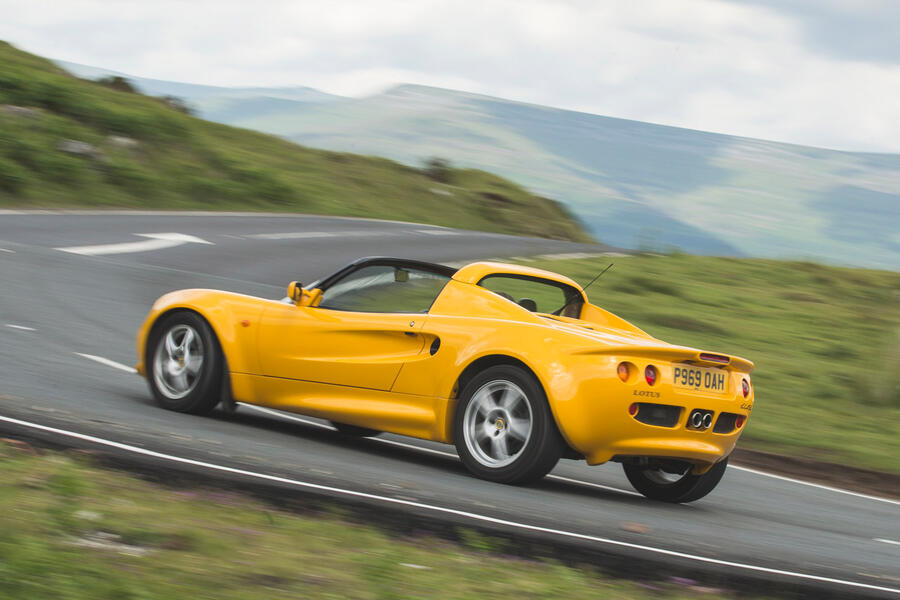
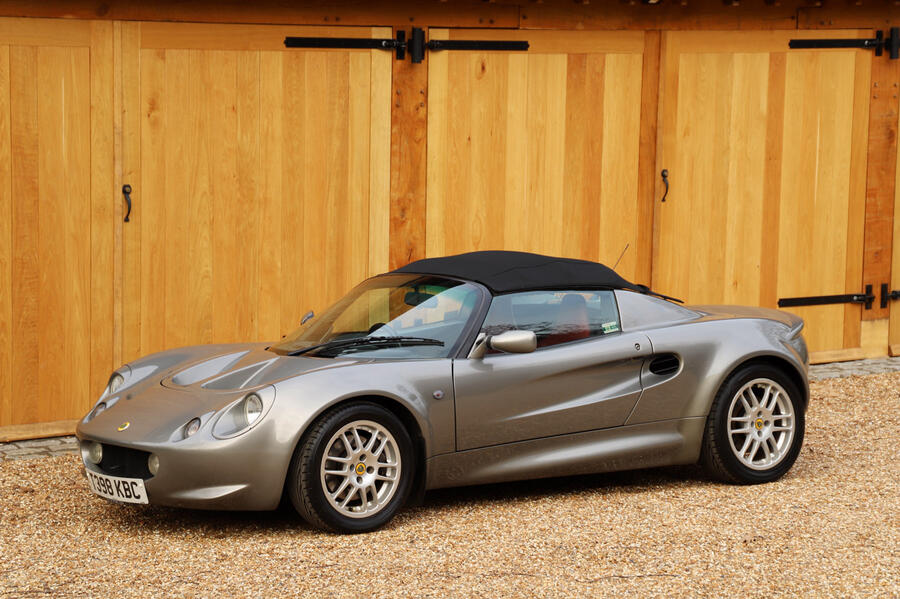


Join the debate
Add your comment
Over the last 5 or so years the prices of these have shot up, the Elan looks to be starting to go that way as well. Weighs the same as a Honda Beat, always wished they'd worked out how to get similar power from that engine and used it instead of the K series, certainly as a "regular" speed variant, with faster ones perhaps using the K.
The last 5 or so years the prices of everyuthing have shot up. It's okay. The last 5 or so weeks the prices of everything has started falling. Be patient.